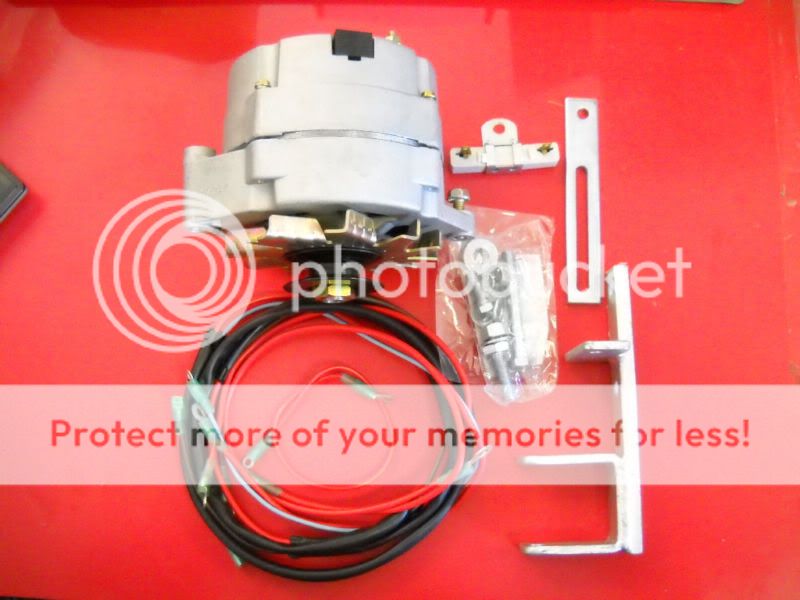Hello. I just bought a 12v conversion kit for my Farmall M, It was 100.00, I probably could've pieced it together cheaper, but oh well. Anyways, I haven't got the kit yet, but one thing I'm a bit confused on is the coil. It comes with a Delco 10si, wiring, resistor, and brackets. The seller told me the only things I would need are a 12v battery (obviously), 12v bulbs, new cables, and a 12v coil. It comes with a resistor, so do I use this with my stock 6v coil? Or do I just switch to a 12v coil without using the resistor like he says? I was always under the impression you could keep the stock coil with the resistor, but I'm pretty new to electrical systems. Thanks!



